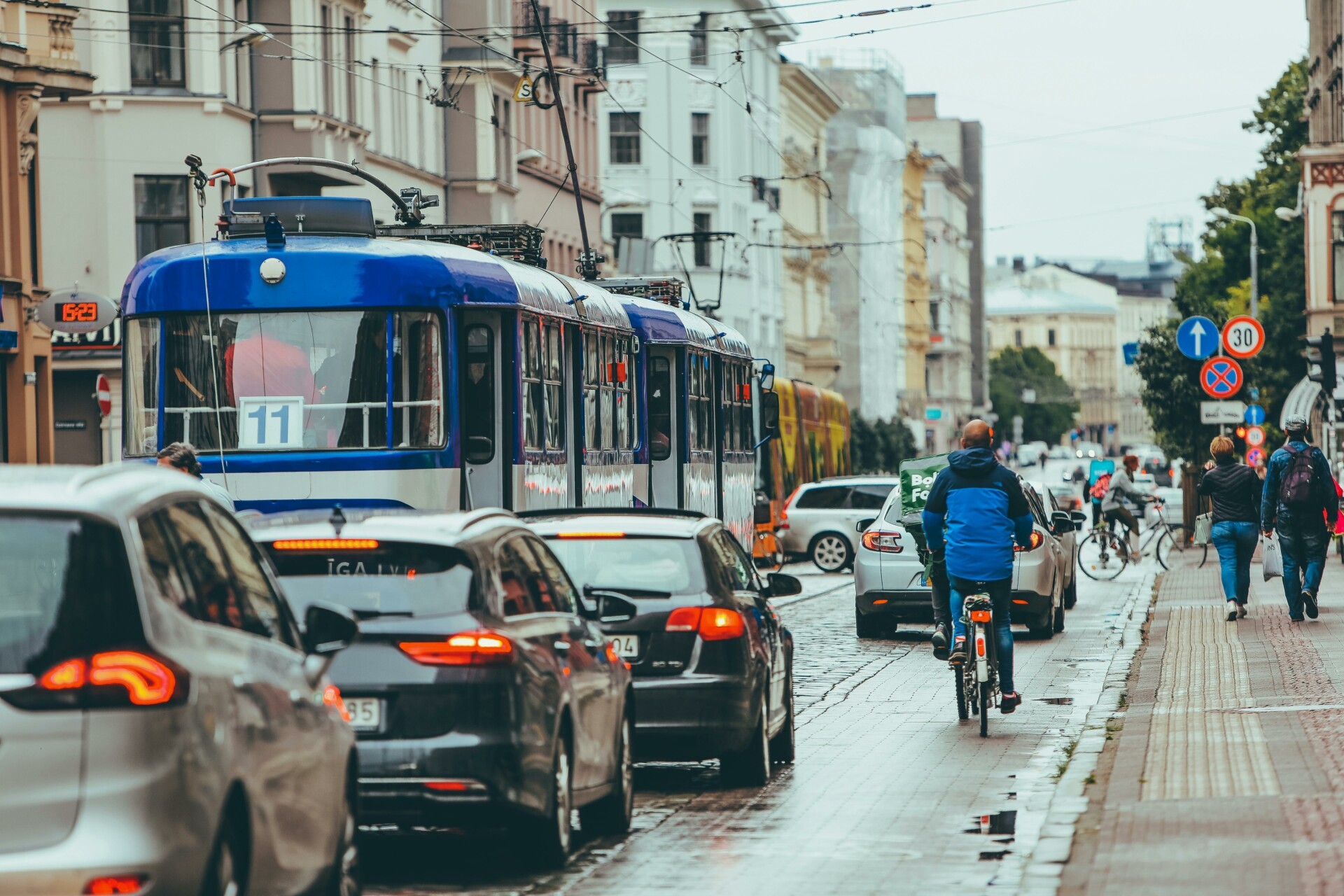Result
This week is "World Carfree Day". On this day, streets around the world are transformed into car-free zones to show how alternative transport concepts can change urban life. In Germany, 29 per cent of the population can imagine living in a city without cars. Interest in a car-free lifestyle is higher in urban areas than in rural areas, and is twice as high among the under-30s as among the over-65s.
Reasons
A reduction in motorised private transport can have health, social, economic and environmental benefits. By prioritising pedestrian zones and cycle paths, cities can promote physical activity among their residents. Economically, cities with well-developed public transport and less car traffic can attract more tourists, which has a positive impact on the local economy. A reduction in car traffic and the promotion of sustainable modes of transport would help to achieve climate targets. All these arguments in favour of less car traffic play a greater role in cities than in the countryside, where people are much more dependent on their own car. For younger people, the advantages also outweigh the disadvantages, whereas older people appreciate the convenience of having their own car and do not want to do without it as a status symbol.
Forecast
In view of the growing challenges posed by climate change, more and more cities are recognising the need to implement sustainable transport solutions. Successful role models include cities such as Oslo, Copenhagen, Venice Beach and Freiburg. In the future, support for car-free cities will continue to grow. Public participation and dialogue are key elements in creating understanding and support for transport measures. Pilot projects also help to illustrate the feasibility and advantages of a car-free city and thus further increase acceptance among the population.
The future looks promising: With growing awareness and increasing support within the population, but also from businesses, a path is paving the way for a greener and more liveable urban design. The opportunity for local commerce is also strengthened by car-free zones, as more pedestrians and cyclists actively shape city life and revitalise local businesses.



